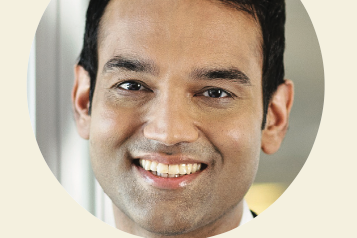Compenswiss, the public institution managing Switzerland’s first pillar social security funds AHV, IV and EO worth a total of CHF40.89bn (€38.2bn), will likely increase its equity allocation to 26% next year from its 24% as recorded last year, Frank Juliano, chief investment strategist and member of the executive committee, told IPE.
Compenswiss “can only slightly increase” its equity allocation, Juliano said. The remaining part of Compenswiss’ portfolio consists of bonds, real estate and a small allocation to gold, he added.
It allocates 35.80% of its assets to bonds denominated in foreign currencies, 11.25% to bonds denominated in Swiss Francs, 11.27% to real estate, 2.35% to commodities, 8.76% liquidity, 3.73% to loans and 4.37% is allocated to tactical investments, as of the end of June.
Compenswiss is also assessing the possibility of increasing allocations in other asset classes because of lacklustre returns in its bonds portfolio. “Currently, we are looking at private debt, and next year other segments will be looked at as well,” Juliano said.
Compenswiss had previously told IPE that it was reviewing the possibility of investing in private equity, private debt and infrastructure, with “[risk] tolerance limits in terms of liquidity and time horizon.”
The public institution has liquidity constraints limiting its scope for action, Juliano said. As far as less liquid investments are concerned, Juliano added that “we have been sticking to real estate because it is more diversifying. We do not invest in private equity.”
He added: “As mentioned, private debt could be an option. However, infrastructure remains challenging as it requires investment over a long period of time.”
On the Swiss market, Compenswiss holds only indirect real estate. To further diversify the portfolio, “we have been reviewing the investment process and have significantly developed foreign real estate indirect investments,” Juliano said.
Compenswiss has built its expertise in foreign real estate investments since 2013 and it will continue investing in this asset class with “core plus” funds.
“For real estate, we started with Europe, followed by Asia, and this year we have increased the allocation in foreign real estate with core plus funds and have invested in US real estate funds for the first time,” Juliano said.











No comments yet